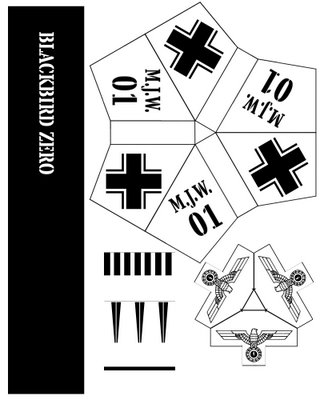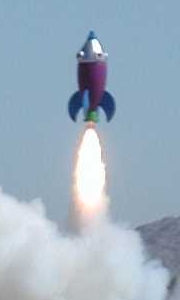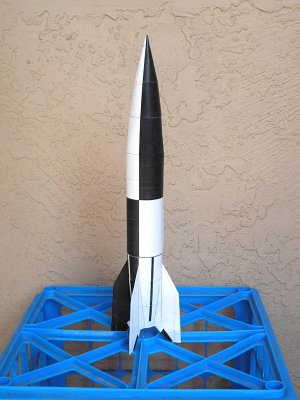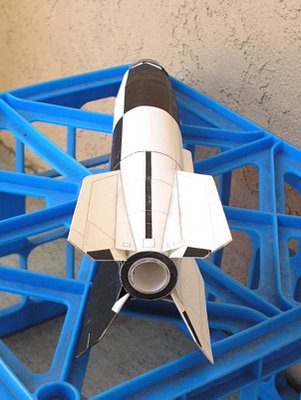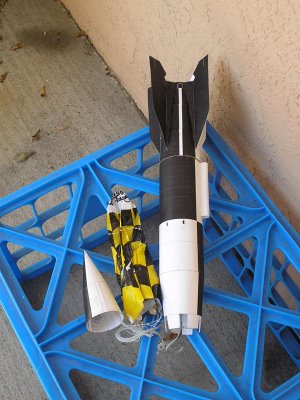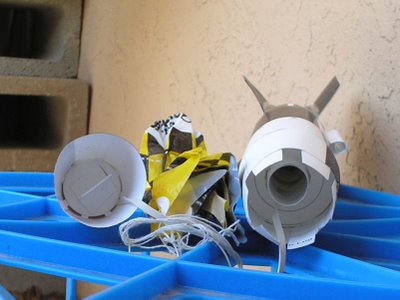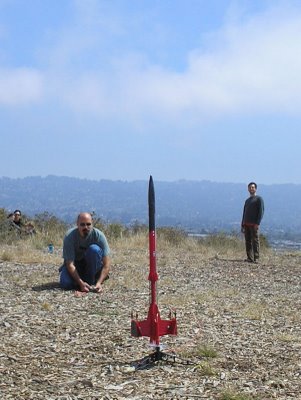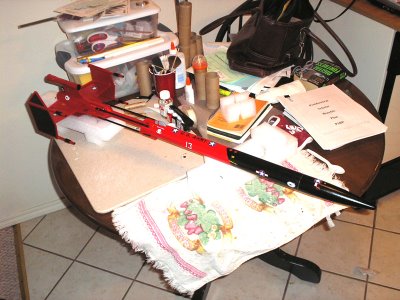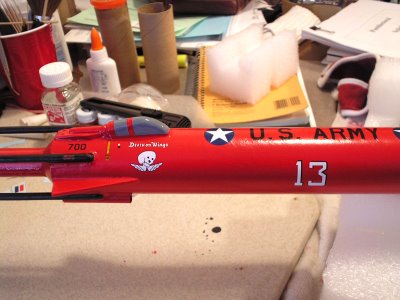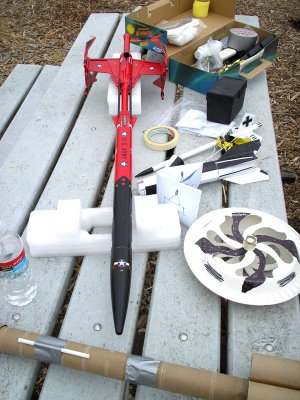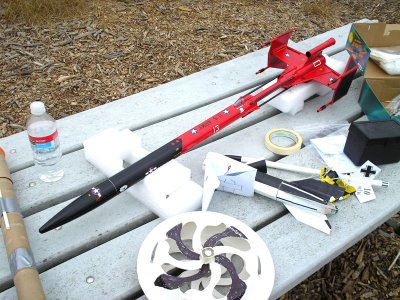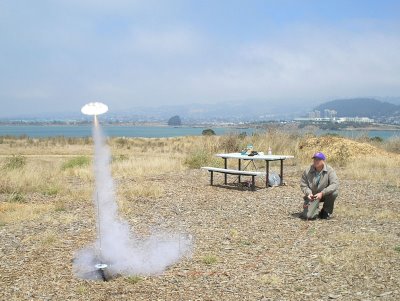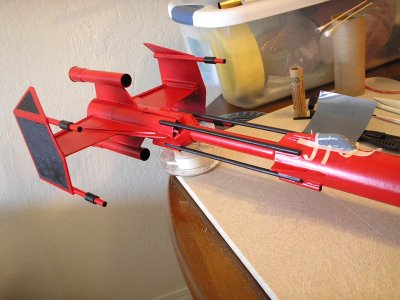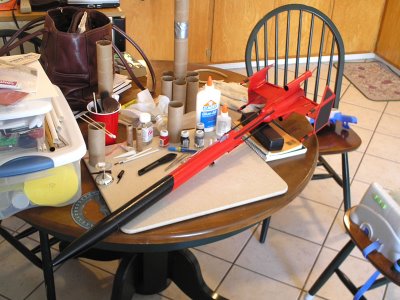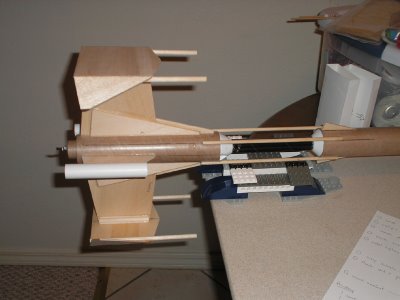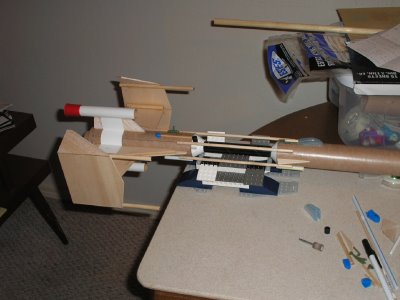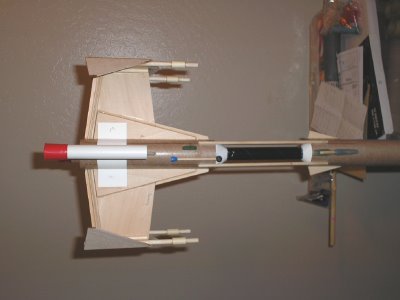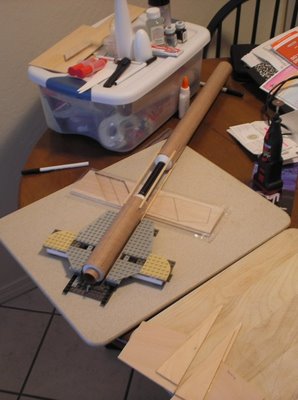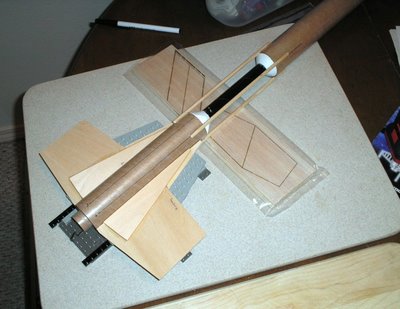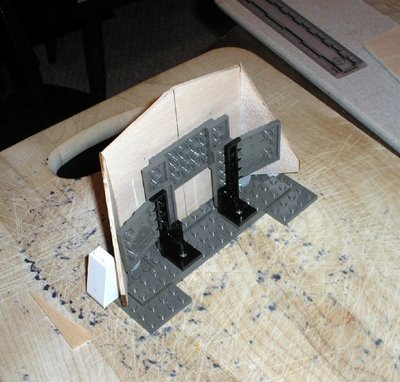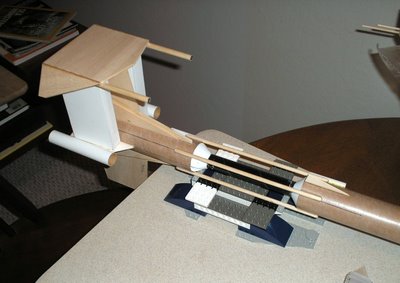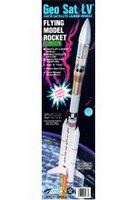
When I was a kid, I was in 4-H. 4-H was definitely not as cool as Boy Scouts, but there were no Boy Scout troops around and there was a 4-H club. When you hear 4-H, you probably think of farm kids showing their prize pigs at the county fair. I did show a lot of stuff at the county fair, but mostly drawings, photos, and models (I did show some chickens once). 4-H had programs for all of these things and more. But mainly I was in 4-H for one thing: rockets.
I discovered model rockets through 4-H. The appeal is pretty straightforward. You build a rocket and then you fly it. The kits are cardboard and balsa, you get commercially-produced solid fuel motors at hobby stores, and the ignition system is electrical. It's all very safe and sanitary, assuming you follow the safety code, which is full of no-brainers like "don't try to build your own rocket motors" and "make sure everyone is standing at least 10 feet back from the launch pad before you push the ignition button." And this fragile thing that you built yourself roars off the pad and flies up to 1000 feet. It is very, very cool.

I used to build and launch rockets with my brothers and my cousins, and of course we started violating the code left and right. Just the little ones, things like "make sure your rocket has a recovery system" (most come down on parachutes or streamers, or glide down) and "do not launch your rocket at a target." There's really one one rule in the safety code that is best not broken, and that's the one about making your own motors. There aren't many horror stories associated with rocketry (unless you count rockets eaten by trees, or parachutes that failed to open), and those that exist mainly describe how Billy Bob Butthead blew off his thumbs or blinded himself experimenting with homemake rocket fuel.
I have a zillion rocket anecdotes, and maybe someday I'll share some. But the purpose of this post is to provide myself with an annotated list of cool rocketry sites. If you find it useful or entertaining, that's gravy.
The best site I've found for cheap rockets and supplies is
HobbyLinc.com. They cover all the major manufacturers, and they usually have some screaming deals.

The granddaddy of the commercial rocket manufacturers:
Estes. No one else makes so many rockets, but...it seems like the older Estes kits had a lot more character. Too many of the ones they offer these days are simple 3FNCs (that's "three fins and a nose cone"). One exception is the new F-15-like
Screaming Eagle. Fortunately, if you have a yen for old Estes kits, you can get them vintage at suppliers like
Modelrockets.co.uk, or get clone kits from
Thrustline Aerospace, or build them from scratch using the damn-near-exhaustive blueprints at
JimZ Rocket Plans.
Most of those companies offer kits, clones, or blueprints from other rocket manufacturers. Notable ones include:
Quest Aerospace makes some very cool kits reminiscent of old Estes offerings, including the thoroughly badass
Space Shuttle Intrepid, a glider that is carried up by a mothership.
Custom Rockets also makes kits with a lot of character, like the old Estes stuff.
Semroc has a lot of cool kits. Their Retro-Repro line consists of clones of old Estes and Centauri kits, including two of the sweetest model rockets ever sold, the Estes
Mars Lander and the Centauri
SST Shuttle-1, another shuttle/mothership combo.
QModeling has staked out a nice little niche: they only make upscale clones of old Estes kits, including the
Starship Vega and
Mars Snooper.
Squirrel Works has some rockets with a lot of pad presence, not least their Flash Gordonesque
Ajax and especially the Fokker-inspired
Mega Baron glider.
FlisKits specializes in wacked-out stuff like a giant rocket made out of coffee cups, and some badass sci-fi models.
Edmonds Aerospace specializes in gliders, from teeny ones with 6-inch wingspans up to monsters 3 or 4 feet long.
Art Applewhite Rockets makes the guys at FlisKits look downright sane, with rockets made from disposable plastic plates and Bic pens and even more unlikely shapes.
Just for completeness,
LOC Precision makes high-power rockets...that are mostly 4FNCs (yawn).
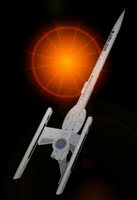
Not quite finally, I have a serious jones for the
Refit U.S.S. Atlantis from
Sirius Rocketry. The old Estes U.S.S. Atlantis was styled after the starship Enterprise from old Star Trek. The Sirius "refit" is a near-clone updated to match the stylings of the movie Enterprise.
Finally (for now), the guy at
Excelsior Rocketry sells decals and plans. My favorite among his products are the
Goony sets, which use an Estes Baby Bertha to kitbash stubby versions of classic Estes kits. Hmm...I wonder if you could make a Goony Strike Fighter...
UPDATES: Put your local hobby store out of business by picking up cheap kits from
Belleville Hobby and their even cheaper outlet,
Estes Rockets Wholesale.
Get your DIY on with
Jimmy Yawn's awesome pages on
rolling your own rockets.
Video rocketry. Self-explanatory. Wicked cool.
Finally (again, for now), Ralph Currell's
card models are not designed to fly, but they're not designed
not to fly, and some of them do.
MORE UPDATES:
Essence Model Rocket Reviews has a simply unbelievable amount of information on the construction and performance of damn near everything.
Attack of the
clones: resources for cloning classic kits.
Apogee Components has all kinds of cool stuff, including an article on making rocket components out of
paper.
The
Rocketry Blog is another good site with lots of resources, including
garbage rockets (i.e., scratchbuilt from household items) and probably the largest list of
paper rockets anywhere.
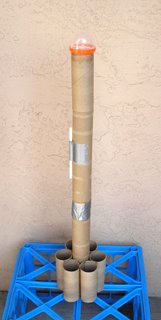 A damn goofy rocket, but one of my favorites. I've had it in mind since about Christmas, and in the end I almost decided not to build it. I'm glad I did. It flies great, and it was a real crowd-pleaser at the launch. One of my favorite moments at the launch came when I was taking the plastic plate saucer to the pad right after flying the Turd Burd. I overheard someone say, "This guy will fly anything!"
A damn goofy rocket, but one of my favorites. I've had it in mind since about Christmas, and in the end I almost decided not to build it. I'm glad I did. It flies great, and it was a real crowd-pleaser at the launch. One of my favorite moments at the launch came when I was taking the plastic plate saucer to the pad right after flying the Turd Burd. I overheard someone say, "This guy will fly anything!"
